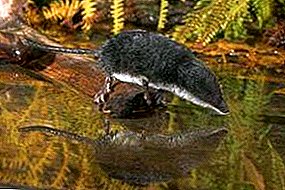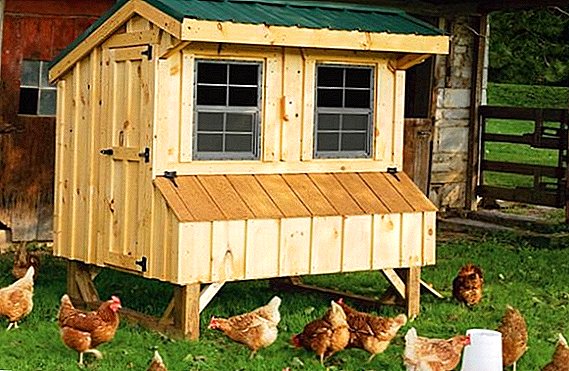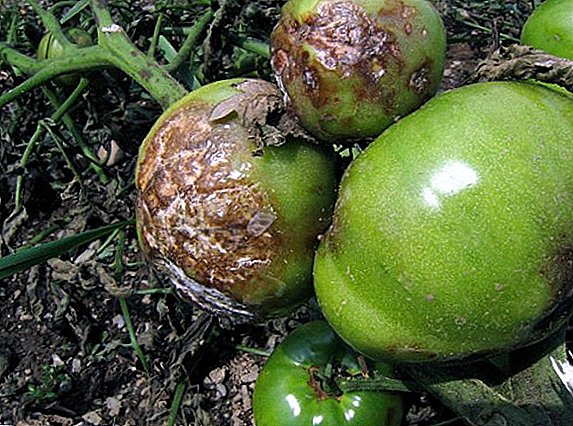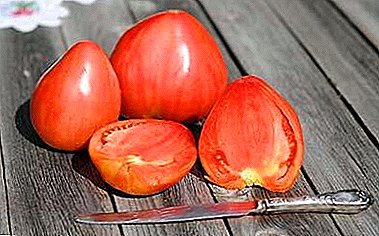
Shrews - one of the smallest mammals on the ground. Despite their size, people often call them "little devils" for their characteristic ferocity and aggressiveness. If necessary, these little ones are able to get even with big frogs and even mice.
Which unit is the shrew?
This animal belongs to the family of mammals, the order shrew. For a long time, scientists attributed them to the order insectivorous.
How to recognize?
Gardeners often confuse the shrew with field mice, but if you look closely, you can find a number of differences between them.
- Shrew is different elongated muzzle like a proboscis.
- The head is large with a facial elongated section. The eyes are small, round, black. Sharp teeth with large front incisors.
- Compared with field mice, the animal has more compact dimensions. Feet short. Body length is no more than 3-4 cm, weight - about 2 grams. Only the largest individual (giant white shrew) can reach 18 cm and weigh 200 grams.
- Wool is fluffy, thick, short, velvety. Color varies from gray (fawn) to brown. The tummy is often whitish or lighter than the main color.
- Medium or long tail, exceeds the length of the body.
Kinds
Researchers suggest that in nature there are about 260 species of shrews. They are found in a variety of natural areas, adapting to the climatic features of the regions. Not found only on the Australian continent and the North Pole. In Russia, twenty-one species were recorded. Consider some of them:
- Dwarf shrew - small animal of gray-brown or smoky color with an elongated muzzle. On the tail prominent protruding (guard) small fibers are visible. The size of the calf does not exceed 3.5-4.5 cm. The teeth are sharp, the front incisors are large, with a characteristic snow-white color. In the people of the species dubbed the Etruscan shrew and many-jaw baby. It lives in the mountainous regions of Europe.
- Common shrew (forest shrew) is a common type of the shrew family. It is found in the northern part of the European continent. Settles in grass and shrub thickets, forest undergrowths. But, it can also live on personal plots, damaging agricultural land. The average calf size is 5-7 cm, the tail is 6-8 cm long. The coat is dark brown, the abdomen is light. The muzzle is stretched forward.
- Tiny shrew (Chersky shrew) is the smallest representative of mammals found in Russia and the smallest insectivorous. Transpalaearctic representative. Habitat extends from the Scandinavian Peninsula to the islands of Japan and Sakhalin. It is found in Primorsky Krai, Oryol Region, on the borders with the forest-tundra, in Kazakhstan.
- House Shrew (long-tailed white shrew) is a large animal reaching 6-7 cm in length. Color brown gray. Distributed in Germany, Africa. In our country it is found in Siberia and in the northern territories of Russia. Often settles in barns, storerooms, barns and houses, causing damage to agricultural land.




Other species
- Baby shrew (baby shrew) is the smallest mammal in North America. Distributed in Canada and the United States. Settles in deciduous, coniferous forests and open places. The length of the body along with the tail is 5 cm. The fur color is gray-brown.
- Elephant Shrew (jumper) - small African mammal. Differs in long hind legs, bright brown-red coat color. Due to physiological features, it can develop fast speed and make jumps over obstacles over 1 meter. Modern researchers attribute this mysterious animal to the order Afrotheria. In the literature it was ranked as insectivorous, and even as lagatory. The subspecies has 16 individuals living on the African continent.
- Water Shrew (ordinary kutora) - a large representative, reaching 11-12 cm in length, weighing 10-20 grams. The coat is thick, velvety black, has the ability not to get wet in the water. The muzzle is elongated. Paws with stiff bristles that increase the rowing surface and help with swimming. The water canopy is found in Norway, France, Sakhalin, the Scandinavian Peninsula, and in Asia, it spreads from Northern Mongolia to China. May occur in Kazakhstan.
- Giant shrew (house polyzoon) - animal, inhabiting the territories of Africa, Asia, and the Near and Far East. He gained his fame thanks to Chuchundra - the character of the famous story of R. Kipling Riki-Tikki-Tavi. A large representative, reaching 11-12 cm in length. Fur color is dark gray. Often settles among people, causing damage to agriculture.




In agriculture
One of the interesting features of shrews is a high metabolic rate. The animals are able to hunt and eat almost continuously! The daily ration exceeds the mass of an animal by 6-7 times. The main food of shrews is insects, so to some extent they even benefit gardeners. In the gardens and in the gardens, they eat the larvae of May beetles, caterpillars, weevils and other pests.
But unfortunately insects are not the only food. With their long nose they can dig in the ground, gnaw up potatoes, beets and other root vegetables, as well as damage the thin roots of fruit trees, tomatoes and peppers.
In addition, the shrew has a high fecundity. At one time, females bring up to 10-14 cubs. Therefore, if the owners notice the damage from the shrews in their plot, all necessary measures should be taken!
Interesting Facts
Scientists attributed to shrews intelligence featurescomparable to dolphins and rats. All thanks to the anatomical shape of the skull. Their brain division is expanded, and the brain is 1/10 of body weight, which exceeds the data for humans and dolphins.
In the distant past, people attributed healing properties to animals. It was believed that the ointmentmade from the burnt tail of a shrew can serve as a wonderful remedy for the bite of a rabid dog. It still remains a mystery of its origin, disputes are being resolved about the affiliation and place in the system of zoology, as well as about the benefits and harms of applied agriculture. It is possible that soon we will learn about new discoveries and the types of these living beings.












